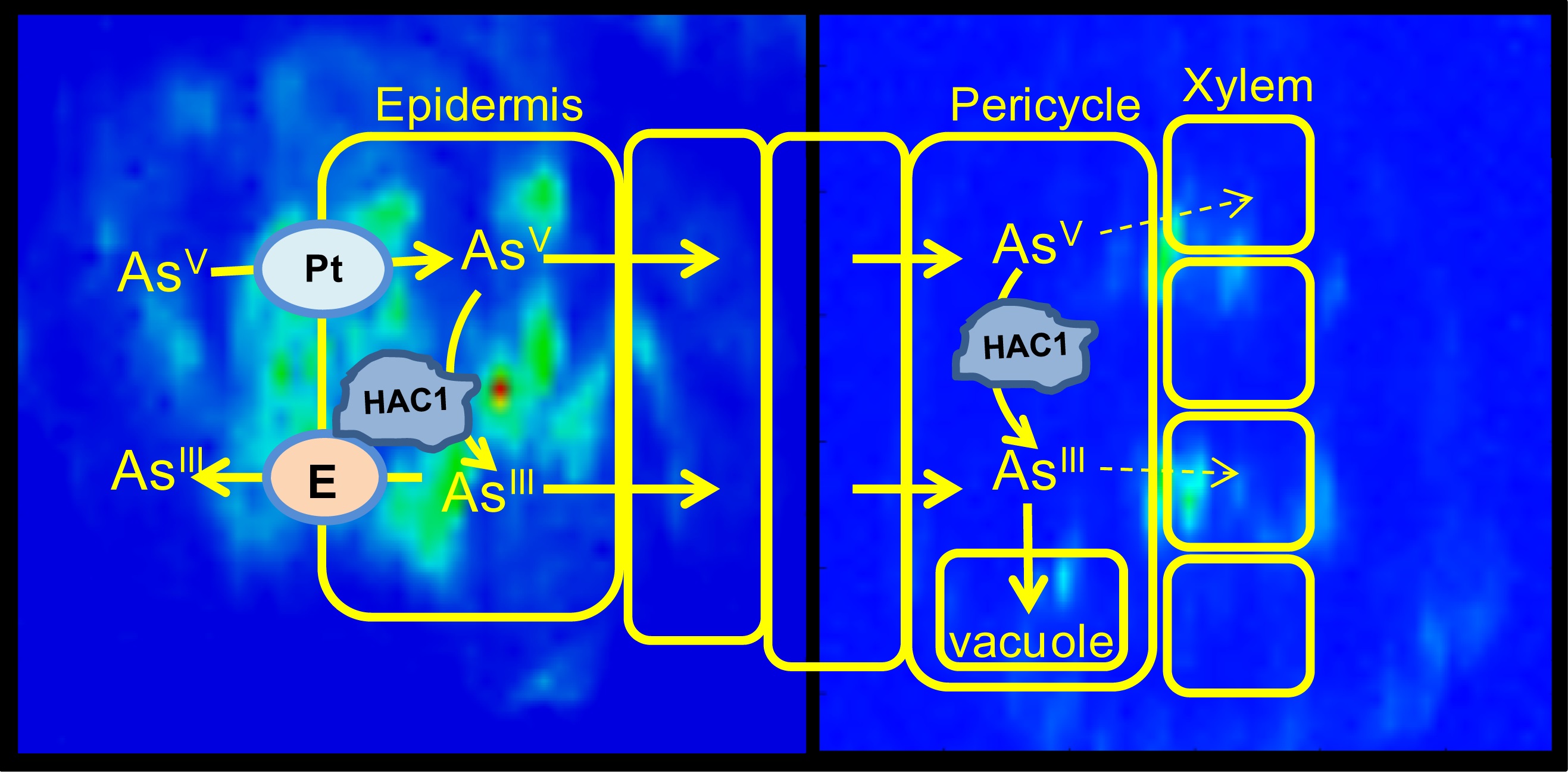Gene Critical to the Development of Low Arsenic Plants Identified
Concerns about arsenic (As) in food, especially in developing countries like China, have grown in recent years with high concentrations of arsenic found in rice, fruit juices and even baby food. Arsenic element is widely distributed in farmlands and irrigation systems, and is taken up by the plants and can then enter the food chain to threaten human health. The issue has led to the investigations how plants deal with arsenic and the research has identified that some plants are able to pump out the poison, but it is still not clear how they do this.
In a study published on Dec. 2 in the journal PLOS Biology, scientists from the Shanghai Institutes for Biological Sciences (SIBS) of the Chinese Academy of Sciences (CAS), in collaboration with an international team have identified a gene critical to this process.
The team found that the gene HAC1 performs the conversion of As (V) to As (III), and is used by the flowering plant Arabidopsis thaliana (Mouse-ear cress) to control arsenic accumulation. Deletion of this gene could lead to the increased accumulation of As in the plants by 300-fold.
This finding could be potentially used to engineer or breed new varieties of crops to accumulate less arsenic.
The research team of this study includes three groups, which are led by Professor CHAO Dai-Yin from SIBS of CAS, Professor ZHAO Fangjie from Nanjing Agricultural University and Rothamsted Research, and Professor David Salt from Aberdeen University.

Figure 1. Arsenic is toxic, and its elimination from plants requires it to be converted into arsenite, a form of arsenic that can be released back into the soil from roots. When this fails, arsenic builds up to toxic levels inside the plant. (From Meadows R (2014) How Plants Control Arsenic Accumulation. PLoS Biol 12(12): e1002008.)